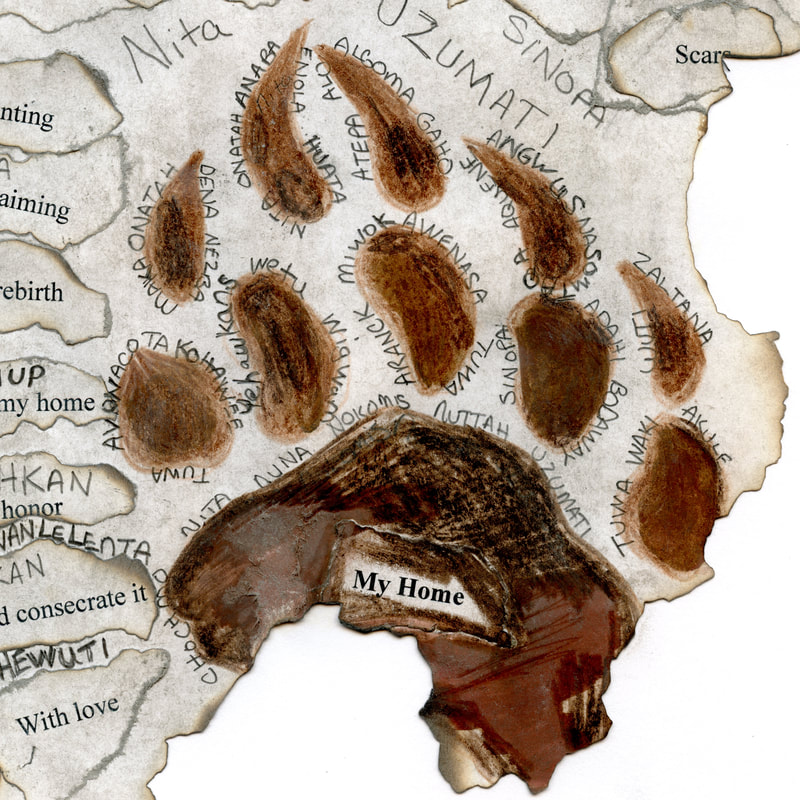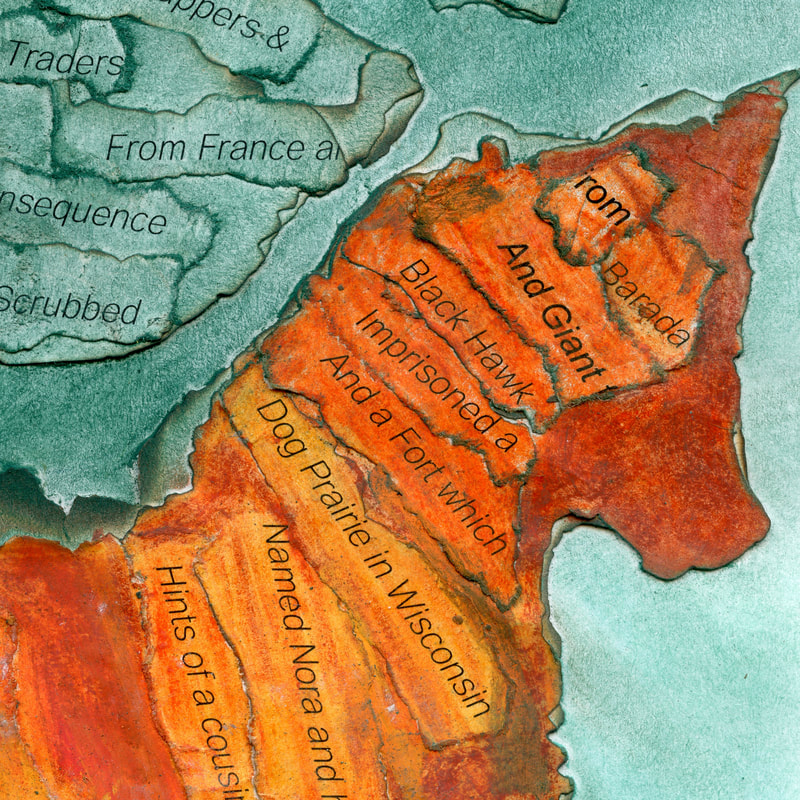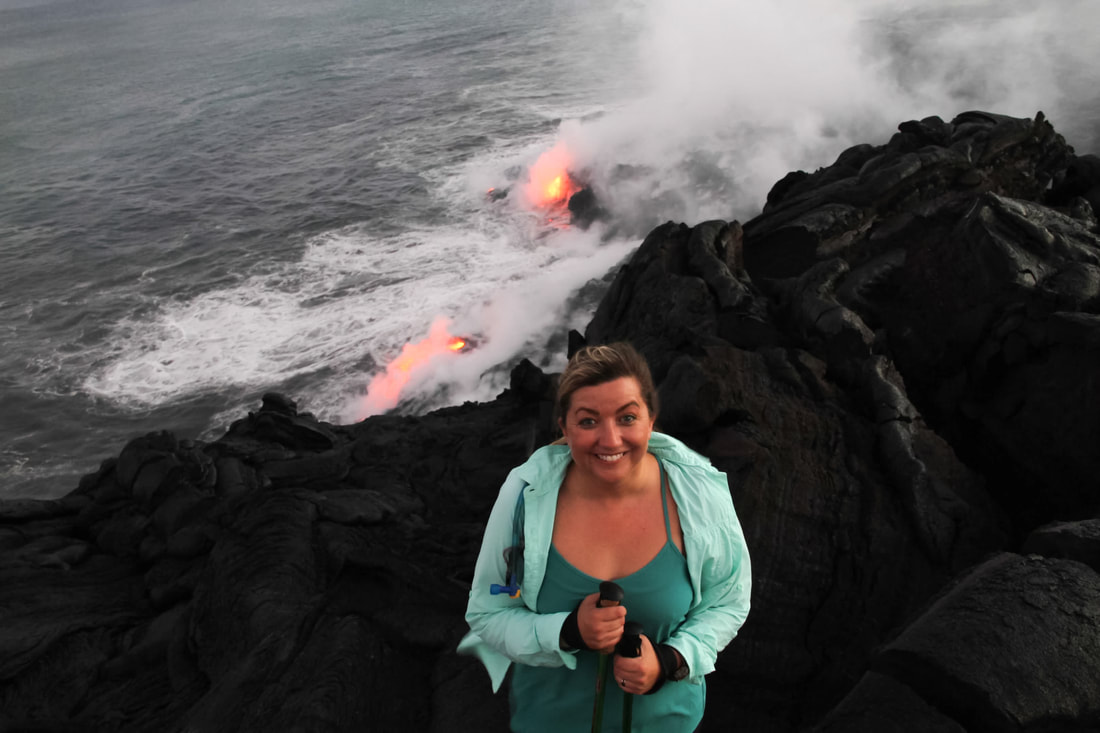ABOUT VISUAL POETRY
Vibo worships wordsmithing and communicates through space and time with all poetic forms. Purchase her lecture series Wives, Witches, and Warriors from Virginia as part of a 2-Day Conference with nine feminist trailblazers invited to Rural Gothic 2: Women in Folk Horror (The Folklore Podcast, 2020).
My visual poetry creeps within the fringes where folk and gothic horror intersects and challenges science, religion, history, and cultural studies. I experiment beyond ancient warrior tropes to create multifaceted antiwar antiheroine lore. I'm interested in our grotesque stories like those told by George Orson Welles, John Frame, William Blake, Edgar Allen Poe, Bram Stoker, Ray Bradbury, Aubrey Beardsley, Guillermo del Toro, and Mary Wollstonecraft Shelley. Writers who identify as women should engage dialogues from as many perspectives as possible. I want my writing imbued with irony, humor, absurdity, and the macabre. I want to write and share visionary poetry like those shared by the late great storyteller David Bowie."
WAR
Edwin Starr's lyrics on war are a good tool for educating those ignorant about conflict. I used the lessons learned during war to [re]teach our complex military and cultural history. For a time, I worked as a National Park Service Park Ranger at Petersburg National Battlefield. Lesson 1: The Civil War wasn't civilized. My Guided Ranger Talks at the Eastern Front, City Point, Five Forks, and Poplar Grove National Cemetery showed the correlations between ancient warfighting and modern warfare. As experienced during our American Civil War, the Anthropocene Era also has outliers to perceived norms. Lesson 2: Fodder for scapegoating. Before, during, and after our Civil War, exist traces of folkloric elements in all our war stories. My research into an archaeological item uncovered at a Civil War site is such an example. This story of Virginia's past is a tiny piece of the superstitions which still permeate within our armed service branches. I want to illuminate stories that shift the narrative to engage all lore elements. In my art, I want to dig into the ways conflict uncovers beliefs in the otherworldly. This is accomplished through work studying the outcast. The archetype of the maiden, mother, crone is nothing new, however, some in academia discuss the addition of a Queen archetype and others delve deeper into the role of various tropes overall. In my 2010 Capstone Project (see About) I discuss the Queen's role. There is much more to be [re]discovered through [re]search. The Top Lesson: war wounds vs. war wombs and the origin of conflict. War should only be utilized as a last resort to end tyranny. We need to [re]imagine worldviews and [re]discuss ethics. In very few scenarios does a civilization which works towards its own extinction find its way [re]born. However, fire isn't always destructive. It can be used to create new landscapes and build new worlds (think of the folklore of Pele). Through the fragmented pieces of ash and ruin, we can piece together a new era which [re]imagines clean energy alternatives and [re]builds communities using our lessons in arts and science.
FRAGMENTS
Fragments are a metaphor. Within all human history, archaeological records include bits of fragmented tablets, papyrus, jewelry, bones, scrolls, and pottery. We piece together these fragments building a quilt which weaves our lore. The story of us. Fragmentation includes a physical tear. One of my favorite quotes explains it best:
'In Egyptian myth, Osiris is cut into pieces by his evil brother Set. Thereafter Osiris becomes immortal when his sister/spouse, Isis, does the work of finding the pieces and re-membering him. Repeated assaults on our sense of self cut us into pieces. We live in pieces for a while and then, through our feminine powers of searching and sewing, we are recollected and find our way to wholeness. The ancient shamans [who] initiated men by ritual dismemberment As with Christ, Dionysus, Osiris—and us—fragmentation is often a necessary phase in the transition from humiliation and abuse to self-assurance and compassionate love. Wounded heroes redeem others only because they themselves have experienced both fragmentation and restoration. There is a path to love among the ruins' (Richo, 2002).
In this way, I tear paper, I burn the edges, I jigsaw the paper into a visual poem. I rub ash all over the artwork—blending the ash with my breath, perspiration, and fingerprints. It is as if I have consumed some of the art and vice versa. My very DNA is part art. I am the vessel which holds the heart of which art dwells. I AM art. I AM fragments. I AM ash. I AM myth. I AM whole. I am lore. I AM.
THERAPEUTIC ART
Art is an empowering path to healthy conflict resolution. Writing and art are therapeutic forms of processing the world in which we live. Art is in the word Heart. That's not a coincidence. It is in my nature to create art which encourages local, state, national, and global representatives to help build safe institutions to learn, work, and sustain peaceful ways of life. I ardently believe we have challenges to tackle within all societal levels. We can shape the world we want by using art as an empowering tool for peaceful protest, dissent, teaching, and learning.
REGARDING NEO GILEAD
As an artist, I take on many projects for the love of art. When I am paid for speaking events, a portion is donated back into nonprofits. When my writing is published, it is generally with indie publishers and projects I care about. Many people in the education field will explain the importance of sharing work despite monetary obstacles. I support NPOs and VSOs (and some GSOs) interested in sharing authentic voices. It is also important to create a sense of community, so I try my best to align my project with groups who do not promote destructive rhetoric (what happened to Salmar Rushdie is inexcusable). I believe art should challenge society to tackle the dangers facing our world. We must have the courage to create art which speaks about intersectionality and work towards an equitable future. We must do the work to ensure dystopian landscapes are merely works of fiction. We do not meet our challenges by banning and burning books. Squelching free speech isn't the answer."
ARTISTIC INFLUENCES
I am a staunch feminist. I draw inspiration from the following artists: Hilma af Klint, Remedios Varo, Niki De Saint Phalle, Frida Khalo, Mary Leonora Carrington, Bridget Bate Tichenor, Dorothea Tanning, Georgia O'Keefe, Mira Maodus, Yayoi Kusama. Irma Haselberger, Gertrude Abercrombie. Sylvia Fein, and Shona Heath, Joyce Mansour, Joyce Mansour, Marta Magdalena Abakanowicz-Kosmowska, Natalia Goncharova, Agnes Martin, Olga Vladimirovna Rozanova, Agnes Pelton, Madge Gill, Agatha Wojciechowsky, Emma Kunz, Valentine Penrose, Laurie Anderson, Lynne Sachs, Astra Papachristodoulou, Susie Campbell, Amanda Earl, Rose Knapp, Kate Siklosi, Vic Shirley, Sasha Akhtar, Monica Ong, Kimberly Campanello, Molly McGuire, Tanith Hicks, Jane Barnett, Vikki Yeats, Michele Lynch, A.V. Hughston, Mila Zemliakova, and Anna Malina (list ongoing)."
|
HERTORY
A short bio, album, and history.
|
EXTENDED PROJECT LIST
More information of projects provided along with links.
|
|
COMMUNITY
Use search box to read about fellow authors, artists, and musicians who are active in the community and have collaborated with Maggs Vibo.
|
BOOK CLUB
Not an exhaustive, but an ongoing list of reading material. *Book are not authored or affiliated with Maggs Vibo.
|
CONTACT MAGGS VIBO
Poetry, Vispo, Media, Photography, and Art on website by Maggs Vibo© or have credits where available. Open to collaboration? Send a message.


